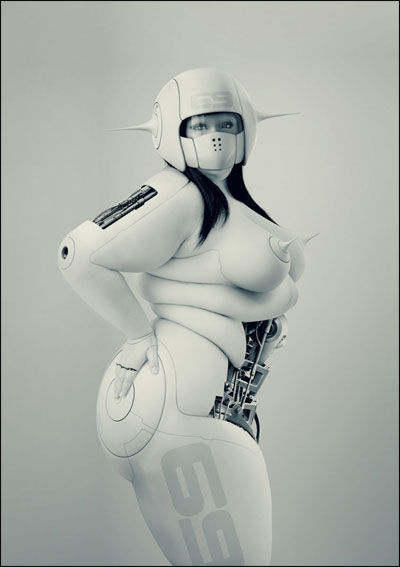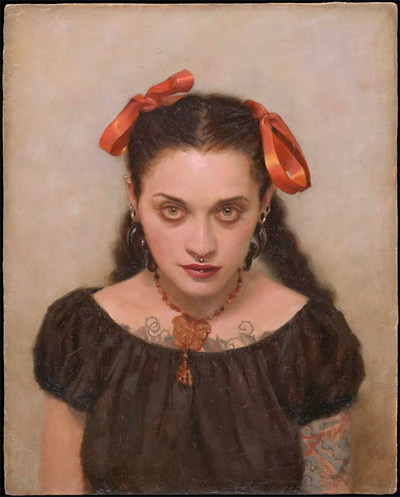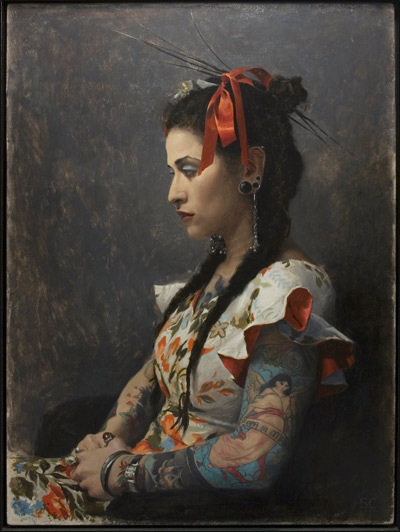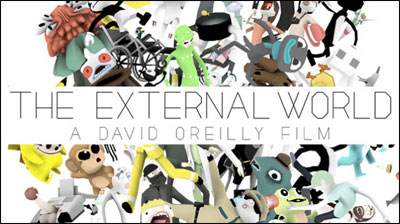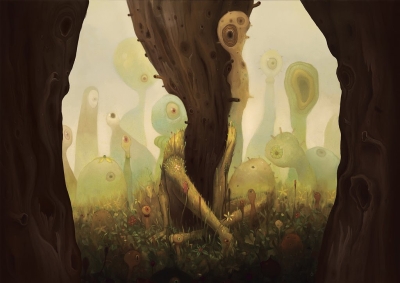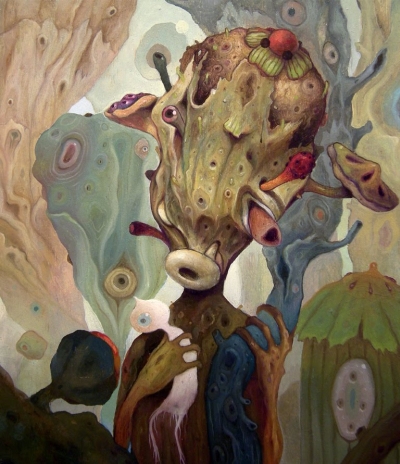Most Epic Computational Cardboard Architecture Ever

Michael Hansmeyer’s incredible construction. Via E. Stephen, thanks!
Fast Co Design has posted a fascinating article and slideshow called The World’s Most Complex Architecture: Cardboard Columns With 16 Million Facets. An intrepid builder named Michael Hansmeyer has been using complex algorithms invented by Pixar and jaw-dropping handicraft to create a cardboard column that looks a bit like a cross between a honeycomb and a Beksinski painting and a Dubai skyscraper and the most fractalicious, psychedelic fever dream imaginable:
When people mistake photographs of your physical prototypes for computer renderings, you know you’ve achieved something amazing. That’s exactly what happened when Michael Hansmeyer showed off his “computational architecture” column, created by iterating a subdivision algorithm over and over again and then fabricating it out of cardboard.
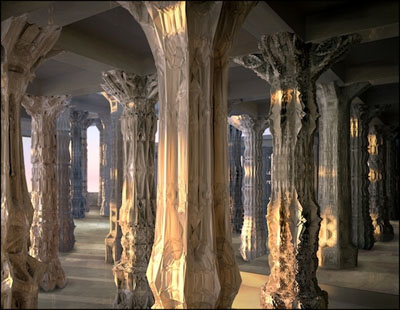
Hansmeyer’s column stands nine feet tall, weighs about 2000 pounds, and is made out of 2700 1mm-thin slices of cardboard stacked on top of wooden cores. It contains somewhere between 8 and 16 million polygonal faces — too complex for even a 3D printer to handle, according to Hansmeyer. “Every 3D printing facility we spoke to turned us down,” he tells Co.Design. “Typically those machines can’t process more than 500,000 faces — the computer memory required to process the data grows nonlinearly, and it also gets tripped up on the self-intersecting faces of the column.”
But Hansmeyer’s prototype is very real — in fact, it can even support weight, and the designer wants to experiment with more robust materials so that he can actually start building real structures with his “computational” architectural forms. So how did Hansmeyer actually get this thing out of his computer and into the real world? Take a look at this slideshow to find out.



